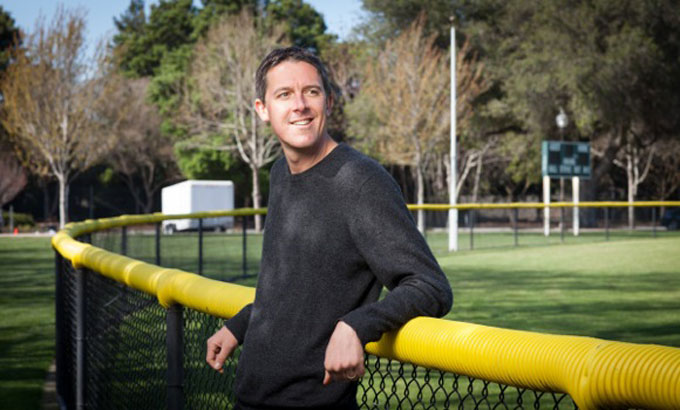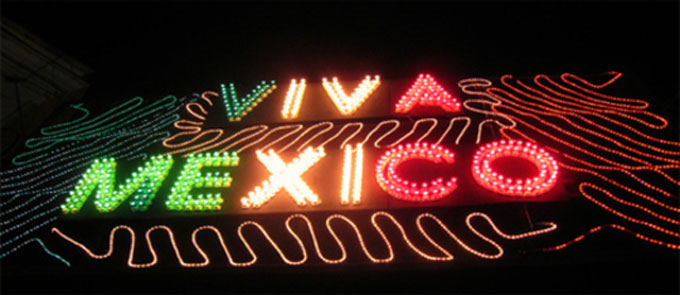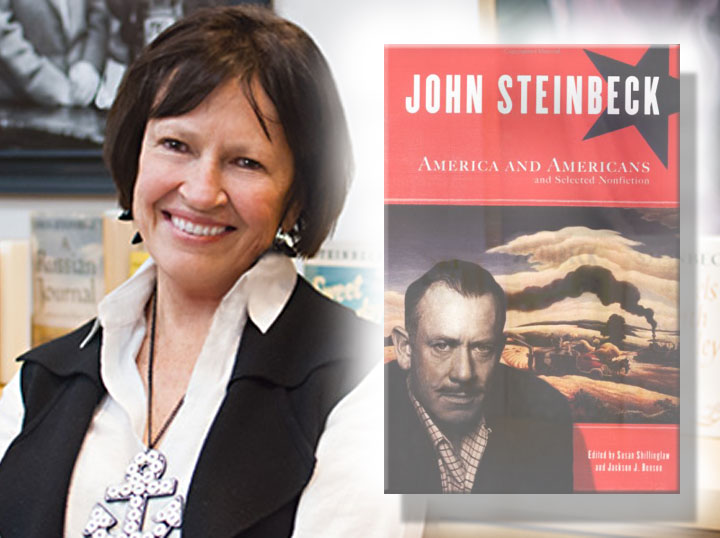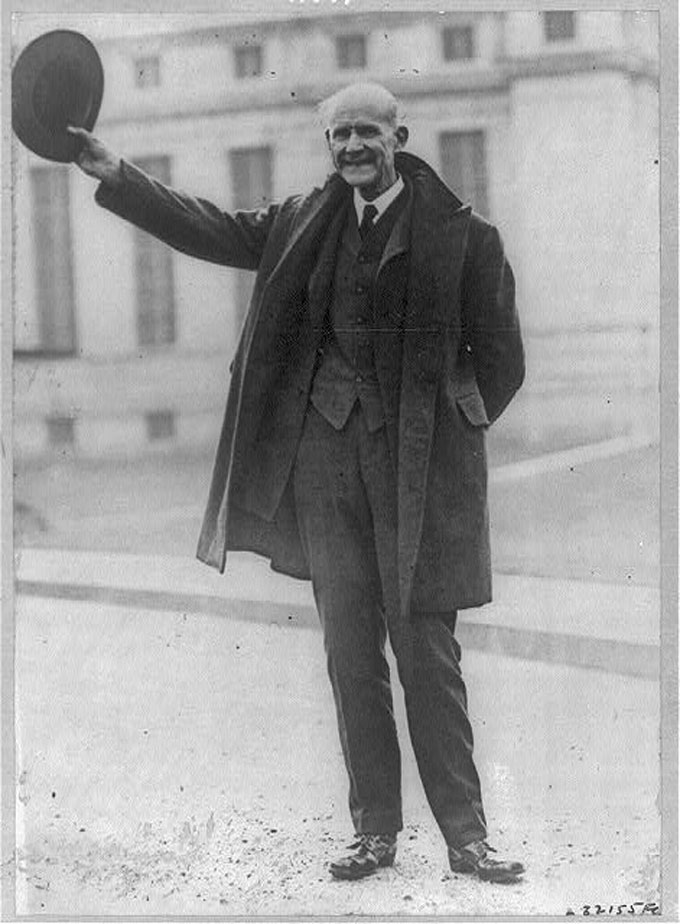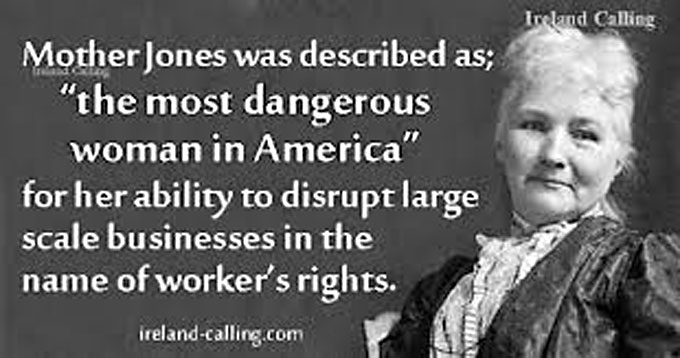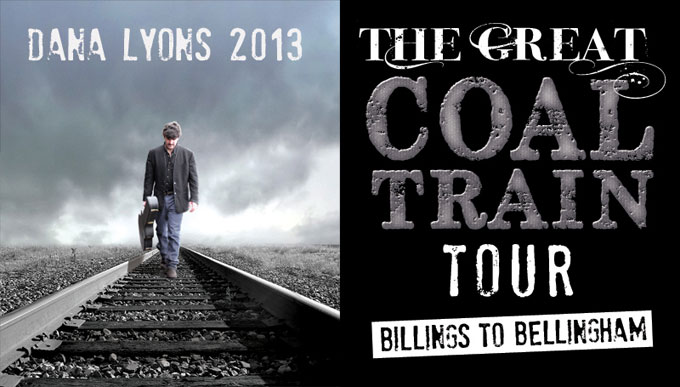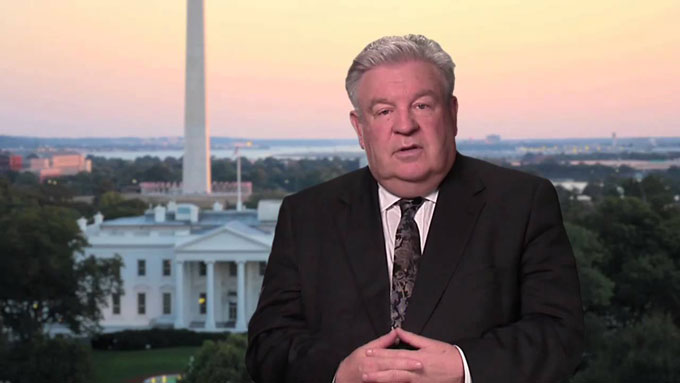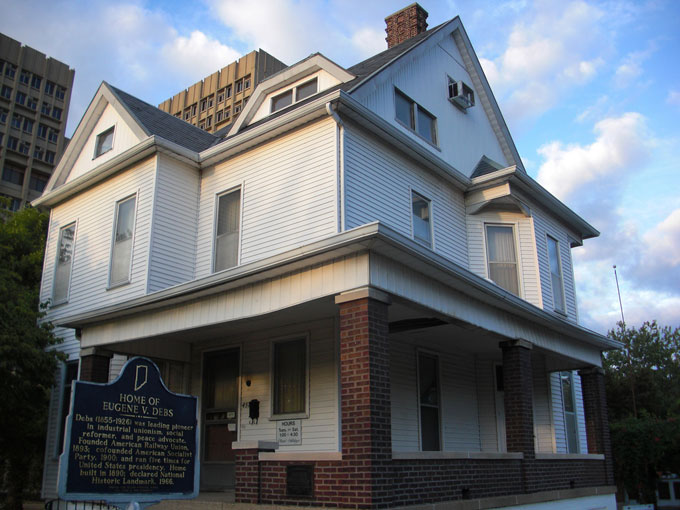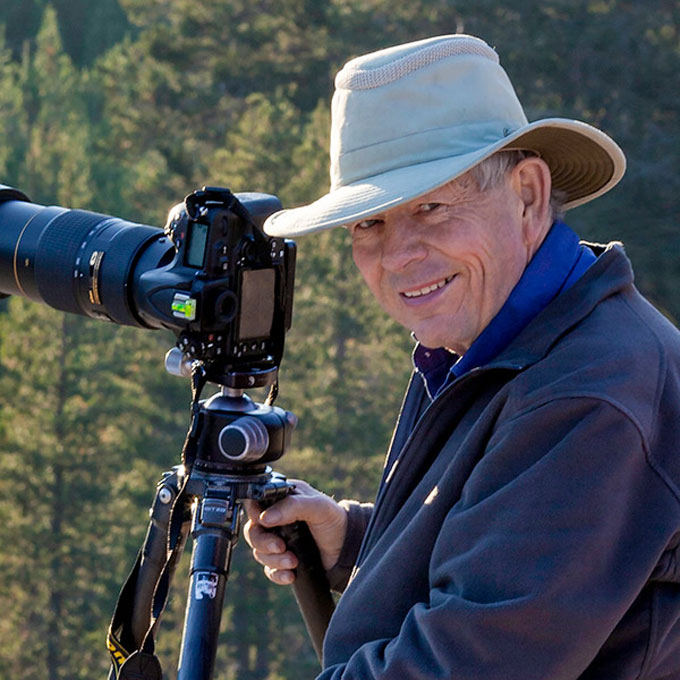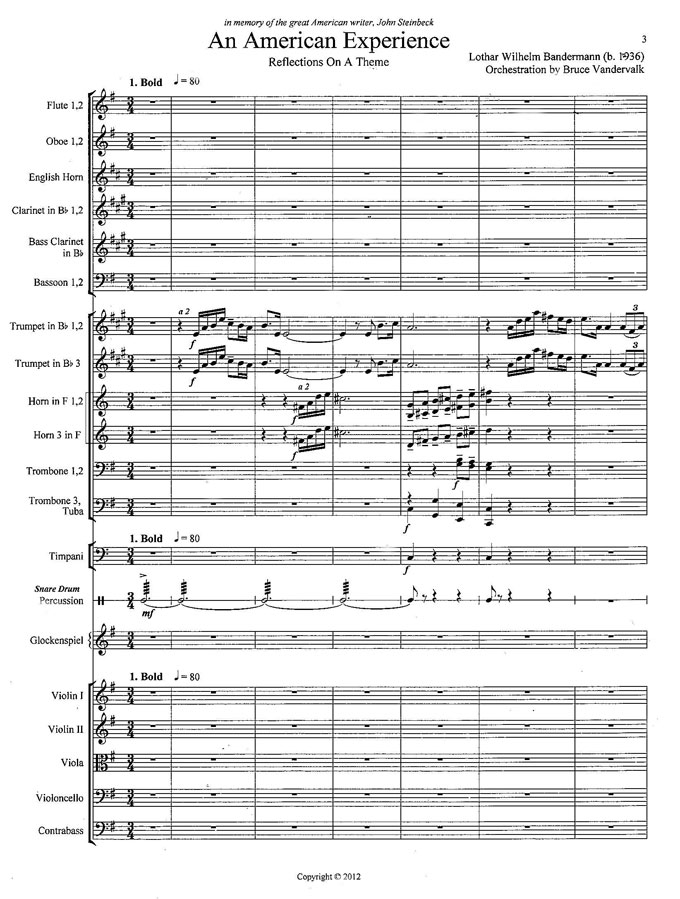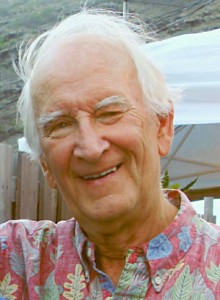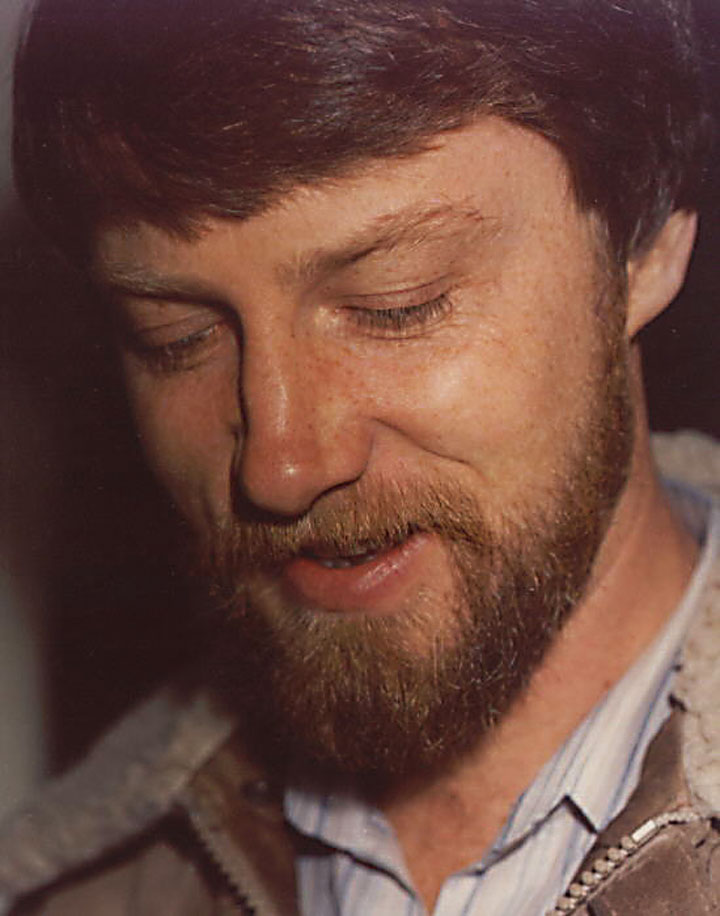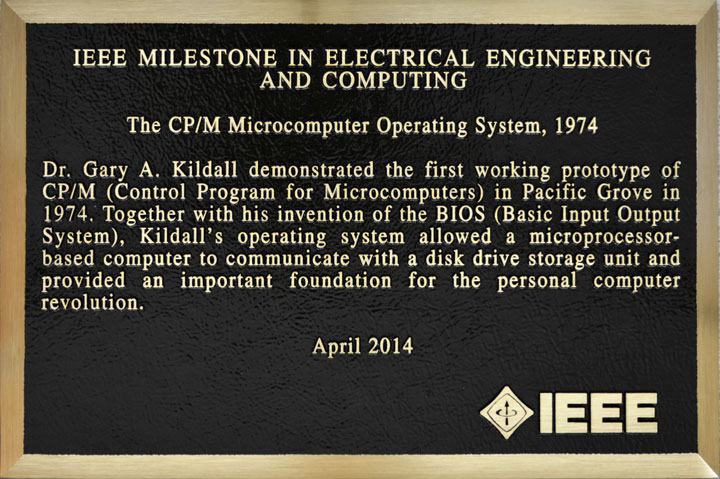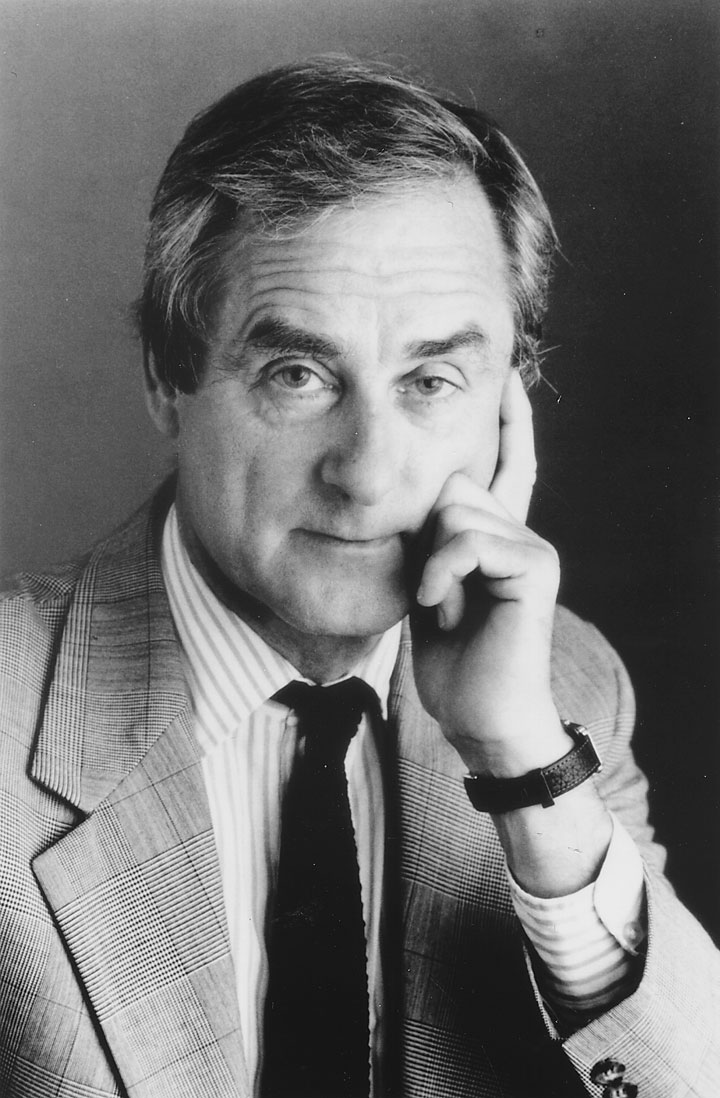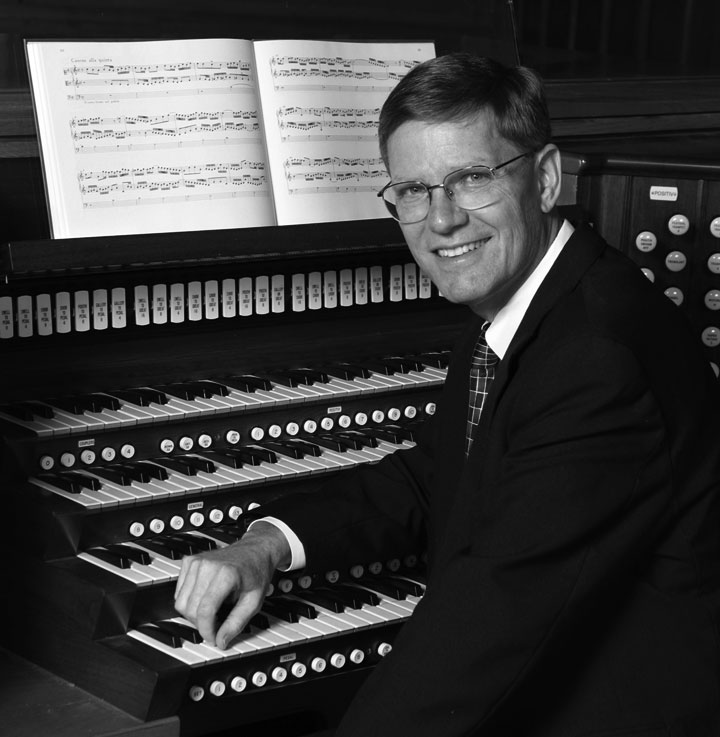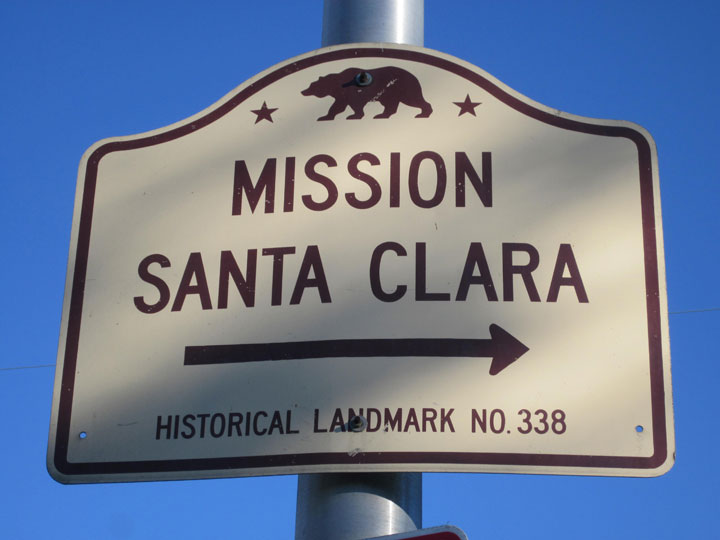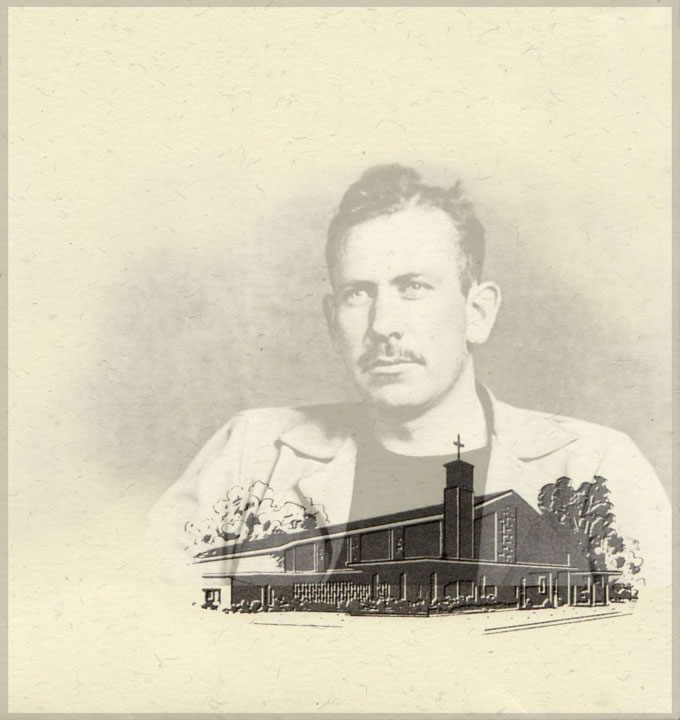If you like baseball, detective fiction, and John Steinbeck equally, the Center for Literary Arts at San Jose State University has a double treat for you. Nick Taylor, director of the university’s Martha Heasley Cox Center for Steinbeck Studies, will read from Double Switch, his new baseball whodunnit, at a free event sponsored by the Center for Literary Arts in the Martin Luther King, Jr. Library, starting at 7:00 p.m. on September 22. The hero of Double Switch and The Setup Man, both published under the pen name T.T. Monday, is one John Adcock, an aging pitcher for a fictional San Jose team who risks life and career to catch bad guys and solve murders. Father Junipero’s Confessor, Taylor’s last non-pen name novel, was also a California thriller, based on historical events familiar to John Steinbeck, a history-minded baseball buff who wrote about his fondness for the game in an essay for Sports Illustrated.
Center for Literary Arts Teams Up with Steinbeck Studies
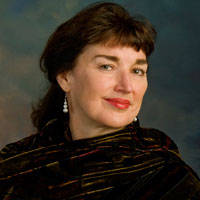 Steinbeck admired versatility and advocated collaboration, at least in theory, so it’s likely he’d approve of Taylor’s pen-name persona and protean protagonist. The alliance forged by the Center for Literary Arts and the Steinbeck studies center to further the cause of creative writing at San Jose State University would also please the music-loving author, who married a San Jose native and bought LPs at a downtown record store. Cathleen Miller (left), the nonfiction writer who directs the Center for Literary Arts, explains the fruitful collaboration: “San Jose State University is fortunate to have three established organizations promoting literature on our campus, and they work together to support each other. The Steinbeck Fellows give readings each year at the Center for Literary Arts to benefit the community at large. They also help with another Center for Literary Arts project, our outreach to Mt. Pleasant High School, where the Fellows give talks to students. The Fellows also work with Reed Magazine, the oldest literary journal in the West, founded at San Jose State University in 1867. One of the Fellows also serves as the judge for the magazine’s short story contest, the John Steinbeck Award in Fiction.”
Steinbeck admired versatility and advocated collaboration, at least in theory, so it’s likely he’d approve of Taylor’s pen-name persona and protean protagonist. The alliance forged by the Center for Literary Arts and the Steinbeck studies center to further the cause of creative writing at San Jose State University would also please the music-loving author, who married a San Jose native and bought LPs at a downtown record store. Cathleen Miller (left), the nonfiction writer who directs the Center for Literary Arts, explains the fruitful collaboration: “San Jose State University is fortunate to have three established organizations promoting literature on our campus, and they work together to support each other. The Steinbeck Fellows give readings each year at the Center for Literary Arts to benefit the community at large. They also help with another Center for Literary Arts project, our outreach to Mt. Pleasant High School, where the Fellows give talks to students. The Fellows also work with Reed Magazine, the oldest literary journal in the West, founded at San Jose State University in 1867. One of the Fellows also serves as the judge for the magazine’s short story contest, the John Steinbeck Award in Fiction.”
